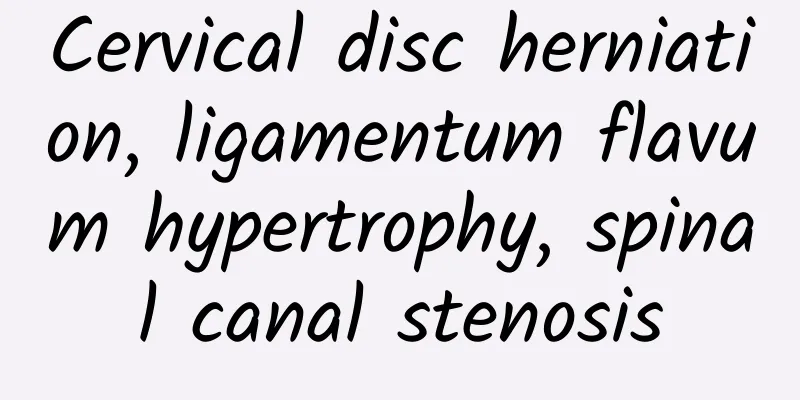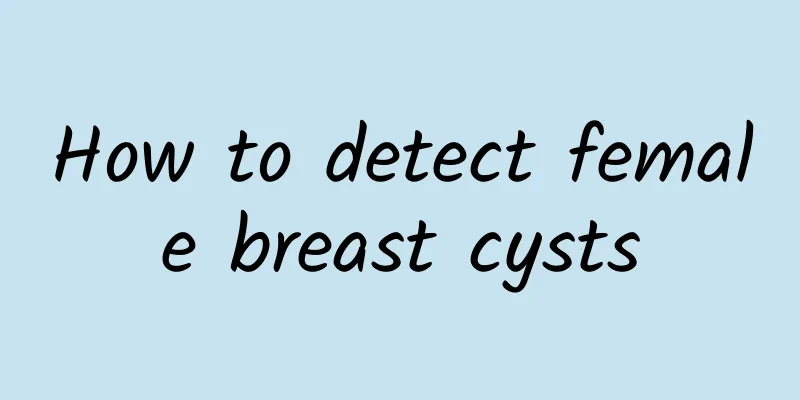Can cervical vertebrae hyperplasia be cured by fitness?

|
Appropriate fitness can help relieve the symptoms of cervical spondylosis, but fitness cannot cure bone hyperplasia. It is recommended to choose targeted exercise methods under the guidance of a doctor, and cooperate with medication or physical therapy to alleviate discomfort and improve the quality of life. 1) Causes of cervical spondylosis Cervical spondylosis is often related to aging, long-term poor posture, chronic strain or cervical degenerative changes. Elderly people are more likely to have hyperplasia due to calcium loss and joint degeneration, while young and middle-aged people may suffer from joint wear due to long-term desk work, bowing their heads to play with mobile phones and other habits. Trauma or genetic factors may also increase the risk of disease. 2) The role that fitness can play Although fitness cannot eliminate the bone hyperplasia that has already formed, it can relieve the pain, stiffness and muscle tension caused by the hyperplasia. For neck health, scientific exercise methods can help improve blood circulation, strengthen cervical ligaments and muscle strength, thereby reducing the burden on the cervical spine and improving neck mobility. The following are three recommended mild exercises for patients with cervical spondylosis: - Neck stretch: Slowly shake your head back and forth, side to side, and be gentle, 5-10 times per set to avoid further injury. -Resistance exercise: You can gently press your hands against your head in the front, back, up and down directions, apply appropriate resistance and hold for 5 seconds, then relax. This will help strengthen your neck muscles. -Swimming: Breaststroke is preferred, as it reduces the weight on the cervical spine and increases joint flexibility. 3) Auxiliary measures and precautions -Drug treatment: Nonsteroidal anti-inflammatory drugs (such as ibuprofen) can be used to relieve pain and inflammation, and local ointment analgesics can be used when necessary. -Physical therapy: such as neck heat, traction and low-frequency electrotherapy, which can improve local blood flow and tissue metabolism. -Protect your posture: Avoid lowering your head for too long or turning your head violently, and correct your sitting posture regularly to reduce the chance of further damage. Although moderate fitness can improve symptoms, if the pain is severe, accompanied by limb numbness or other serious manifestations, you should go to the hospital as soon as possible for a comprehensive examination, a clear diagnosis and a treatment plan. Through scientific and reasonable fitness and treatment, combined with correct lifestyle adjustments, you can better manage cervical bone hyperplasia and improve your quality of life. If the symptoms cannot be effectively controlled, please seek medical attention in time to obtain professional help and prevent further deterioration of the condition. |
<<: What to do for femoral head necrosis
>>: How to perform testicular varicose vein surgery
Recommend
Causes of perianal abscess
Perianal abscess is a common disease that may lea...
What are the traditional Chinese medicine treatments for breast cysts?
Most breast cysts are benign, but malignant lesio...
The best medicine for cervical spondylosis
Cervical spondylosis is more common in clinical p...
Is secondary recurrence of intestinal obstruction serious?
A second recurrence of intestinal obstruction may...
Can breast cysts be treated with heat?
Hot compresses are generally not recommended for ...
How much do color blindness correction glasses cost?
Color blindness correction glasses usually cost f...
Can I turn over if I have lumbar disc herniation?
Lumbar disc herniation is usually caused by degen...
What are the symptoms of gallstones in men?
Common symptoms of gallstones in men include pain...
Perianal abscess is most afraid of three things
Perianal abscess is an acute infection phenomenon...
Symptoms of cystitis in children
Symptoms of cystitis in children include frequent...
Can I drink milk if I have breast cyst?
Patients with breast cysts can drink milk, and mi...
Can I eat eggs if I have gallstones?
There is no absolute answer to the question of wh...
What are the symptoms of meningioma?
Meningiomas are common central nervous system tum...
Is it good to drink honey water for breast cysts?
Drinking honey water has no obvious therapeutic e...
What herbs are good for breast cysts
Breast cysts can be treated with common Chinese h...









